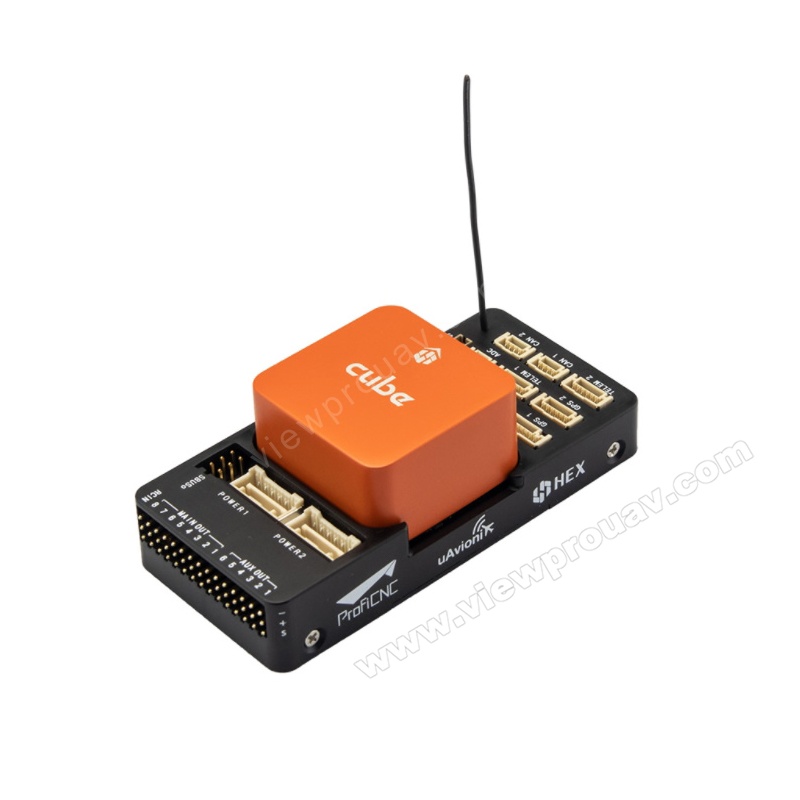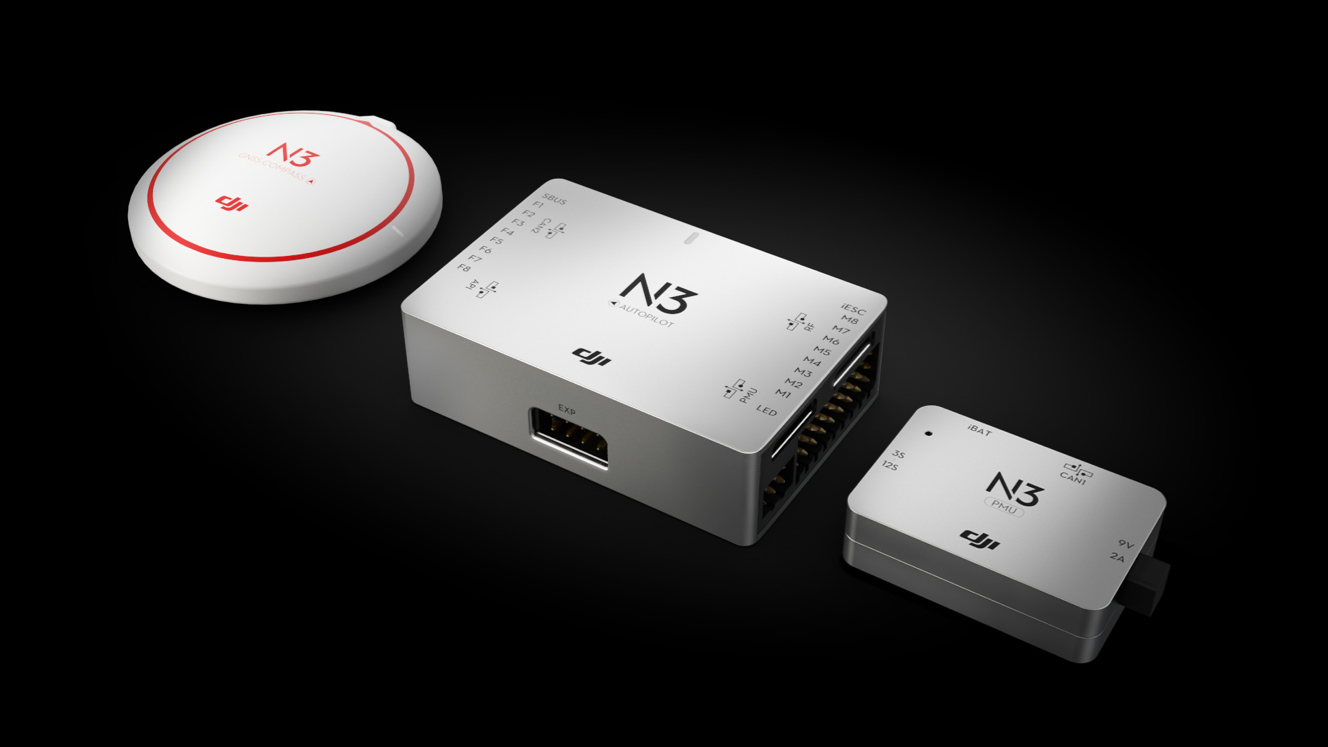The Value of Drone Flight Controllers in Modern Aerial Modern Technology: Trick Components and Their Influence
In the realm of modern airborne innovation, drone trip controllers serve as the pivotal systems that manage a drone's efficiency and abilities. As sectors progressively depend on drones for applications ranging from farming to security, the developing modern technology within flight controllers increases critical concerns regarding their future effect and potential innovations.

Overview of Drone Flight Controllers
In the world of airborne technology, drone flight controllers act as the important mind of unmanned airborne vehicles (UAVs), enabling precise ability to move and stability during flight. These advanced systems incorporate sensing unit information, refining formulas, and control inputs, enabling drones to implement complex flight patterns with accuracy.
Drone flight controllers make use of various sensing units, such as gyroscopes, accelerometers, and GPS modules, to evaluate the UAV's alignment and position in real-time. This info is crucial for keeping equilibrium and ensuring risk-free operation in varied ecological problems. The controllers procedure this data to make instant adjustments to the drone's motors, enabling smooth transitions and receptive handling.
Additionally, flight controllers are equipped with advanced software application that sustains functions such as waypoint navigating, obstacle avoidance, and independent flight capacities. This software program is essential for both industrial and leisure applications, where integrity and precision are paramount. As drone technology proceeds to development, the advancement of trip controllers will certainly play a crucial role in improving UAV safety, functionality, and flexibility, inevitably broadening their applications throughout various industries.
Trick Parts Explained
Understanding the fundamental parts of drone flight controllers is vital for realizing exactly how these systems run effectively. At the heart of a trip controller is the microcontroller, which offers as the mind, processing information from different sensing units and performing commands. Important sensing units include accelerometers and gyroscopes, which measure the drone's orientation and movement, providing vital feedback for stablizing.
An additional secret component is the barometer, which determines altitude by gauging atmospheric stress, while GPS modules supply positional data, making it possible for independent navigating - SparkNavi drone flight controller and GNSS/INS made in taiwan. The trip controller additionally interfaces with Electronic Rate Controllers (ESCs), which manage the rate of the drone's electric motors based on the controller's commands
Communication modules, such as radio receivers, help with remote input, enabling drivers to send out commands in real-time. In addition, some flight controllers incorporate software that can deal with intricate formulas for waypoint navigation, trip planning, and telemetry information evaluation.
Duty in Flight Stability
Central to preserving flight stability, drone flight controllers use innovative algorithms to refine sensor data and make real-time modifications. These controllers are outfitted with an array of sensors, consisting of gyroscopes, barometers, and accelerometers, which continuously monitor the drone's rate, elevation, and alignment. By analyzing this information, site link the flight controller can identify deviations from the wanted flight course and react promptly to maintain security.
As an example, if a drone experiences an unexpected gust of wind, the flight controller can swiftly change the motor speeds to counteract the disturbance, ensuring a constant trip trajectory. This capacity is critical not just for hands-on flight operations but also for executing intricate maneuvers and keeping smooth trip in various ecological problems.
.png)
Moreover, the sophisticated formulas made use of in flight controllers, such as PID (Proportional-Integral-Derivative) control, permit fine-tuning of the drone's feedback to changes in flight conditions. By optimizing these control specifications, flight controllers can boost security, improve responsiveness, and lower pilot work. Eventually, the role of trip controllers in guaranteeing flight security is crucial for the reliable and risk-free procedure of contemporary drones throughout diverse applications.
Influence on Autonomous Workflow

Self-governing operations are specifically critical in diverse applications such as farming, delivery, and monitoring services. With enhanced trip controllers, drones can autonomously browse fixed paths, successfully gather data, and adjust to vibrant environments. This capacity decreases the need for constant human oversight, thus enhancing functional efficiency and security.
Moreover, the execution of artificial intelligence techniques within flight controllers allows drones to boost their efficiency over time by picking up from previous missions. This versatility leads the means for extra sophisticated autonomous applications, such as throng innovation, where several drones collaborate their activities to accomplish an usual purpose.
Future Trends in Trip Controllers
Innovations in trip controller technology are poised to reinvent drone abilities in the coming years. One significant fad is the assimilation of synthetic knowledge (AI) and artificial intelligence algorithms, enabling drones to gain from their atmospheres and make real-time choices. This innovation will certainly boost independent navigation, challenge avoidance, and goal preparation, considerably enhancing functional efficiency and security.
In addition, the growth of sophisticated sensor innovations, such as LiDAR and straight from the source multispectral imaging, will certainly supply flight controllers with richer data inputs. This will assist in extra innovative logical capabilities, allowing drones to perform complicated tasks, such as precision rescue, farming and search, and facilities assessments with unmatched accuracy.
An additional emerging trend is the miniaturization of flight controller components, which will certainly result in lighter and more portable drones. This development will extend trip periods and payload capabilities, making drones more functional for various applications.
Verdict
Finally, drone trip controllers act as necessary elements in modern-day airborne modern technology, making certain security and accuracy in maneuverability via the integration of microcontrollers, accelerometers, and GPS modules. SparkNavi drone flight controller and GNSS/INS made in taiwan. Their capacity to make it possible for independent operations and adapt to different applications highlights their value throughout numerous markets. As improvements in expert system and sensing unit technology continue to emerge, the potential for enhanced capabilities and enhanced operational performance in drone systems will likely improve the future of airborne applications
Central to keeping trip stability, drone trip controllers use advanced algorithms to refine sensor data and make real-time changes. By analyzing this data, the trip controller can determine discrepancies from the wanted flight path why not try this out and respond immediately to preserve security.
Additionally, the advanced formulas utilized in trip controllers, such as PID (Proportional-Integral-Derivative) control, enable for fine-tuning of the drone's response to adjustments in flight problems. Ultimately, the function of flight controllers in making certain flight security is important for the reliable and risk-free operation of contemporary drones throughout diverse applications.
The innovations in drone flight controllers not just boost flight security however additionally considerably affect autonomous procedures. SparkNavi drone flight controller and GNSS/INS made in taiwan.